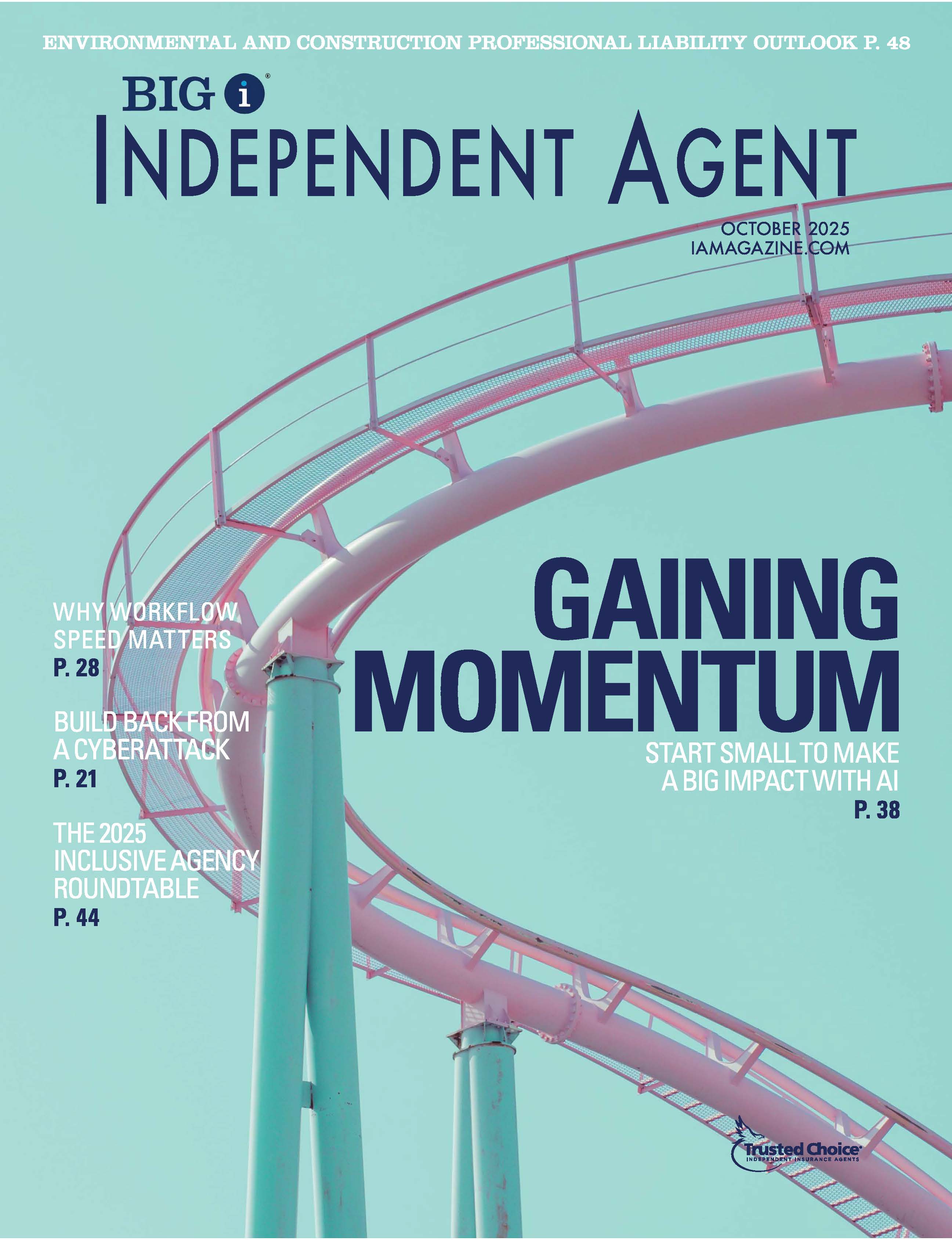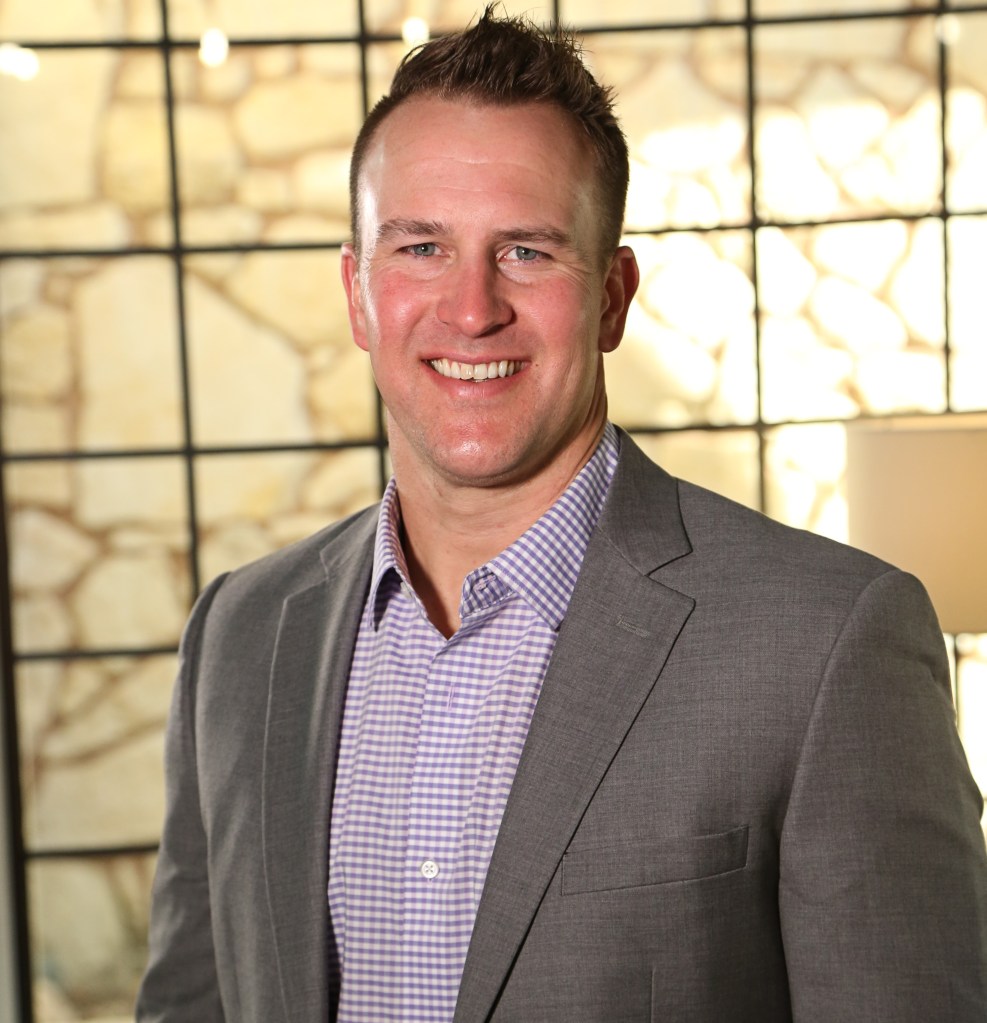The Growing Importance of D&O
By: Russ Banham
| Nary a day passes without news of another crisis embroiling corporate board directors and senior officers. Corrupt executives one day, rogue traders the next. In the wake of the news, management frets and sweats as stock prices swoon, shareholders take to the courts and regulators sharpen their knives. It’s a small wonder why many directors and officers are anxiously calling their brokers and agents inquiring about their D&O insurance. This is the key finding of a recent, eye-opening survey of public and private companies and nonprofit organizations by consultancy Towers Watson. The survey found that more than two-thirds (69%) of respondents reported receiving an inquiry from their board directors or senior officers regarding the amount and scope of the D&O insurance protecting them against potential litigation. In some cases, what these anguished leaders are learning from their risk managers is not easing the stress. The survey indicates that while a remarkable 75% of public company respondents rated the scope of D&O insurance a concern, only 7% had purchased insurance dedicated to independent or outside directors, leaving these individuals unprotected financially. Additionally, less than half (47%) of the respondents had conducted an independent review of their D&O policies in the past two years (e.g., retained a law firm or outside consultancy to evaluate the scope of protection). Why the sudden hue and cry over an insurance product that has grown with time? Larry Racioppo, executive liability practice leader at Towers Watson, chalked it up to a sea change in the litigation environment. “Historically, the main exposure for D&O was shareholder litigation—securities class actions,” he explains. “A company with a market capitalization of $500 million that blundered and now has a $250 million market cap obviously lost substantial investor value and is ripe for litigation. As a percentage of D&O claims, this was the lion’s share of claims for decades. Today, they’re about 15% of all claims.” Rules and Regulations Carol A. N. Zacharias, executive vice president and deputy general counsel at insurer Ace North America in Philadelphia, shares this view. “Boards have gone from being worried mostly about securities class action lawsuits—basically one genre of litigation—to multiple fronts of litigation,” she says. “It could be compensation-related litigation, mergers and acquisition lawsuits, pay ‘clawback’ cases, Sarbanes-Oxley, [Equal Employment Opportunity Commission] and Fair Labor Standards Act violations, Dodd-Frank, FCPA, whistleblower cases—you name it.” Not only are there more regulations targeting corporate behavior, but there are more regulators. “They’re all adding staff, which means more investigations,” Racioppo says. Zacharias agrees. “There are more authorities in the field, more investigators and more forensic accountants,” she says. “Consequently, there has been an uptick in investigations. The [Securities and Exchange Commission] alone performed 349 investigations last year based on tips, up from 303 in 2010. The SEC also referred 586 matters for other regulators to investigate, and submitted 717 requests for assistance to foreign securities regulators.” And that’s just the SEC. Says Zacharias, “As of January, there were some 78 corporations under investigation for FCPA violations.” Working in the Spotlight Add it all up and it explains the nail biting among directors and officers of large corporations. But, what about executives at midsize and smaller companies, public, nonprofit and private—are they just as worried? Apparently, they’re also calling their brokers and agents. “With all the administrative and regulatory actions in the news, our clients are becoming increasingly concerned about their D&O insurance,” says Andrew Valdivia, president of White & Company Insurance, Inc., a Santa Monica, Calif.-based independent agency. “With the D&O market tightening, it only exacerbates their concerns. As exposures rise and the market tightens, it is becoming more difficult to negotiate [favorable] terms and conditions.” Indeed, after 10 years of diminishing premium levels, 2012 appears to be a year of transition in the D&O marketplace. Racioppo agrees that underwriters “have begun to push back in the private, nonprofit and public D&O markets.” Robert Parsons, president of Syracuse, N.Y.-based agency Parsons & Associates, Inc., says the D&O carriers he represents have increased their premiums between 10% and 20% “across the board.” He blames the increasing costs to rising exposures: “Carriers are starting to harness down because of the growth and size of regulatory enforcement actions and claims.” Culling Claims “There has been a rising trend the last two to three years of heavy M&A-related claim activity, much heavier than it used to be,” says Chubb’s Galban. “Claims are being filed against the directors and officers of both the acquiring company and the company being acquired.” Such claims argue that the acquirer paid too much in the deal, or in the case of claims against the acquired entity, received too little—i.e., the company accepted a bad offer. In Florida, both types of litigation against directors and officers of banks are in evidence. John Laurie, vice president and agency manager at BB&T Insurance Services in Bradenton, notes that hundreds of community banks in the state engaged in widespread mergers in the 1980s and 1990s, many of which later failed. “Investors who lost money—and regulators like the [Office of the Comptroller of the Currency], the Federal Reserve and [Federal Deposit Insurance Corporation]—are filing suits against bank directors and officers, alleging they did not discharge their duties properly as a fiduciary,” Laurie explains. “As word spread about the litigation in the media, it resulted in us getting calls from clients concerned if they [had] adequate protection.” Many board directors, for instance, asked questions about whether or not their D&O policies contained regulatory coverage exclusions, given the uptick in enforcement actions. Others sought much higher limits of financial protection—a delicate tradeoff, Laurie says. “They want broader coverage and higher limits, but the price is so high it’s unattainable,” he explains. “We try to help put the bank in a better [position] for underwriters, in some cases recapitalizing it to remove a non-performing asset to get the premium down. With the savings in hand, the bank can buy more coverage.” Do’s and Don’ts of D&O He makes a good point. Few insurance policies are as nuanced as D&O insurance and its complex Side A, Side B and Side C coverage considerations. Some policies, but not all, offer coverage for regulatory and administrative proceedings and investigations. Ditto coverage for the defense costs related to criminal proceedings, and coverage for outside directors (as the Towers Watson survey illuminates). Some policies have strict provisions regarding when to give notice under a claim, while others have myriad provisions regarding bankrupt companies. “Policies are highly negotiable, and so the quality of the insurance boils down to asking the right questions about coverage enhancements and exclusions,” Bailey says. The brokers agree that knowing today’s trends is critical in determining a client’s exposures. “The goal should be to match the client with the right policy and the right carrier,” says Zacharias. Adds Galban, “They need to be paying attention to which carrier the company is buying insurance from, the coverages this carrier is offering and whether they are consistent with expectations.” No one expects a pullback in D&O litigation any time soon—much less the volume of anxious phone calls to brokers and agents by directors and officers. “With D&O insurance getting more attention today than ever, board directors and company officers should be asking the questions they’re asking,” says Galban. He adds, “Their financial net worth is at stake, which would make anyone sit up, take notice and take action.” Banham (russ@russbanham.com) is an IA senior contributing writer. | Consulting Counsel Like other specialized D&O attorneys, D&O liability attorney Dan Bailey from Ohio often is retained by companies to advise on the purchase of D&O insurance or to audit the extant policy. “Brokers, carriers and agents who have expertise in this area are in a good position to assist directors and officers, but in cases where an agent may lack cutting edge expertise in D&O, it is always advisable to bring in independent counsel,” he advises. That’s what Andrew Valdivia, president of White & Company Insurance, Inc. in Santa Monica, Calif., is doing. “D&O is such a thorny issue right now that we’re bringing in outside experts in coverage law to assist our clients,” he says. “They provide us with additional oversight, helping the agency and the client develop a targeted D&O program addressing current litigation trends with relevant coverages. In this market, where capacity is becoming more limited, knowing these trends in relation to the client’s exposures is critical.” —R.B. |










